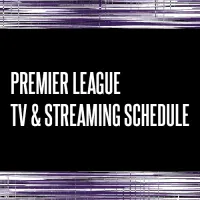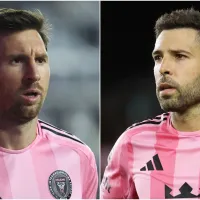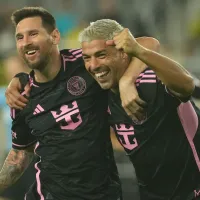
The growth of soccer in the United States is something that can be easily taken for granted. We’ve seen the disastrous fallout that occurs when leagues overextend themselves, lacking the financial support to reach the lofty strata they desire to attain. Last week’s flurry of Collective Bargaining Agreement negotiations in Major League Soccer brought this mode of thinking back to the forefront, as players and owners faced the real option of postponing the start of the 2015 season over labor costs. Fortunately for fans of the domestic league, the Players Union and Ownership eventually agreed upon a deal; albeit one that yet again favors the owners.
But this is a mere sandbox in the vast playground of professional (and semi-pro) soccer in America. And while the head honchos Don Garber, Bob Kraft and Philip Anschutz are quite content building a large, multifaceted castle, the others who desire a piece of that real estate aren’t playing nice.
The agreement over the MLS CBA ended the prospects of the North American Soccer League filling a potentially large gap in the country’s soccer consciousness. Certainly Bill Peterson and the D2 level NASL were anticipating the chance of a work stoppage, and hoping to market their league in the vacuum left by MLS’s absence.
Of course this would be a dream scenario for NASL from another perspective. They continue to set their sights on the top division’s status. Peterson and company have openly talked of wanting a true soccer pyramid which supports promotion and relegation, and have even hinted about exploring D1 classification down the road, if MLS isn’t willing to enter the fold.
That brings us to D3, which has undergone quite a transformation in the last couple of years. Once a smattering of marginally successful regional favorites (Harrisburg, Richmond, Rochester, to name a few), USL (nee USL-Pro) has aligned with MLS for the primary purpose of providing competition for the D1 league’s reserve teams.
In recent months however, it has looked more like subjugation than alignment. USL’s rebranded logo followed in MLS’s footsteps in allowing customization for every team. And more importantly, USL has started to deal NASL a little of its own medicine by publicly discussing the possibility of rising to D2 standards.
What does all this mean? It looks like an awful lot of dysfunction, and it’s hard to imagine it’s good for long-term stability of the pyramid.
Many MLS supporters are unhappy with NASL’s rogue nature and that’s understandable. MLS itself has drawn a line in the proverbial sand, planting most of their recent franchise launches in existing NASL cities – New York City (Cosmos), Miami (Strikers), and Atlanta (Silverbacks). It’s not as simple as a promotion, as ownership of the existing teams would have to meet MLS’s sizable franchise fee. Joey Saputo was willing to pay that price in Montreal. These other owners are not, and since they are working in markets that MLS prizes, well, Garber and company will just go around them.
Even now we’ve seen USL entering prospective NASL markets, like Oklahoma City. Will more of that come down the line?
But most troubling is that this is a “pyramid” sanctioned by the United States Soccer Federation (USSF). USSF has ultimate governance over the situation, and yet Sunil Gulati and his organization appear to let the sniping continue without comment or action.
There are tiers in a pyramid for a reason, and clubs that desire to move up – and have the resources to sustain their existence – should be afforded that opportunity. I don’t think anyone disagrees with that.
Where the disagreement comes is the way it should happen. Those who favor more traditional dynamics think a club’s performance should dictate ascendancy. But that would devalue the early investment of the founding owners, trying to start a successful league in that flat, formless sandbox. Just about everyone believes MLS must succeed for soccer to conquer the crowded sports landscape, and purely performance-based promotion and relegation could compromise the sustainability of the top level division.
In my mind, USSF needs to address the state of affairs in how to grow these tiers appropriately. The MLS/NASL/USL three-tiered system has plenty of opportunity to be successful for the foreseeable future.
But without leadership imparted from the federation level, it seems that the bickering and in-fighting will only continue. This animosity is unhealthy. Left in its current state, the likely outcome will be MLS and USL forcing NASL into a corner. Some iconic legacy teams could meet an unfortunate demise, and the pyramid will be no stronger for it.













